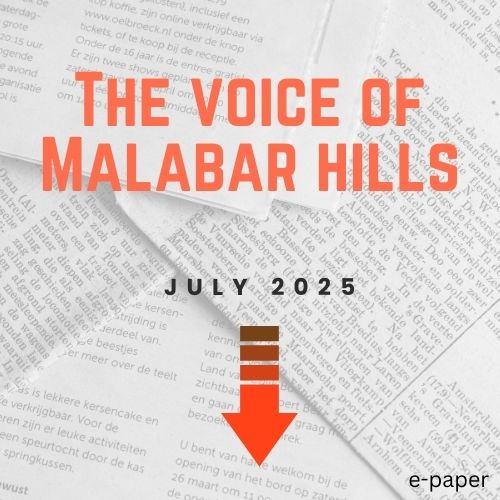As the forests disappeared and man moved into mansions on the larger hill, Malabar Hill, the smaller of the two hillocks continued to be graced by nature till the early 20th century. The Arabian Ocean washed the shores on the west, the creek on the north separated it from the tiny Worli island, the Grant Road rail terminus at the east, and big Malabar Hill to the south, all kept its identity.
Huge number of lotus fields dotted the landscape and gave the name ‘Kamal-hill’ or Cumballa Hill as we all know it today. Soon, sadly the fields too disappeared and ‘bungalows’ sprang up on the slopes, and give access to them all came roads running north-south, and linking these, smaller roads wound up or down the hill

Beautiful tree-lined roads
The sea lapped the shores of the main island of Mumbai and roads followed the same path along the sea. Nepean Sea Road from Malabar Hill wound its way to Breach Candy, along Warden Road to the creek at Haji Ali. Bhulabhai Desai was a noted lawyer from Gujarat and an activist for independence of India. He is best remembered for his defence of three Indian National Army soldiers accused of treason during World War II, and for his attempts to negotiate a power-sharing agreement with the Muslim League. He lived on Warden Road and at passing in 1946, willed his wealth and his residence to create the Bhulabhai Desai Institute for the pursuit of traditional performing arts. To commemorate his contributions the road was renamed as ‘Bhulabhai Desai Marg’.
The road in the crevise of the two hills is still known as Cumballa Hill Road, though it was renamed as ‘August Kranti Marg’ in memory of the Quit India call given in the garden by this name on 9th August 1942.






